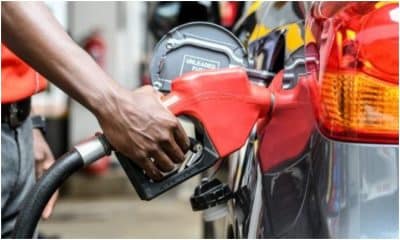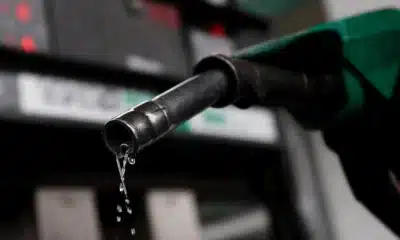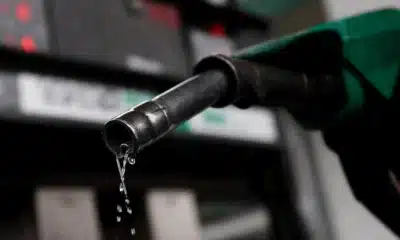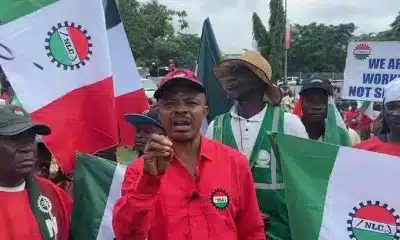Nigeria News
See How Much Petrol Cost From 1960s Till 2024
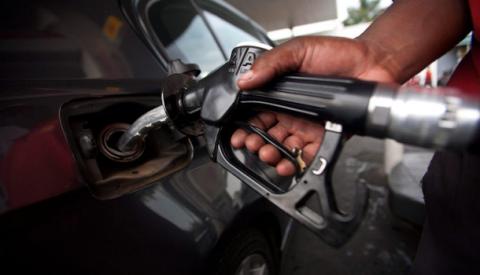
Nigeria’s journey through the decades has seen a dynamic shift in the price of fuel, reflecting broader economic trends, policy decisions, and global oil market fluctuations.
From the modest price of 4 kobo per litre in the 1960s to the current rate of approximately 650 NGN per litre, the evolution of fuel prices offers insight into Nigeria’s economic landscape over the years.
The 1960s: The Era of Economic Growth
In the 1960s, Nigeria experienced significant economic growth, buoyed by its abundant oil reserves.
During this period, the price of fuel was remarkably low, at 4 kobo NGN per litre, making it accessible to the majority of Nigerians and supporting the country’s burgeoning economy.
The 1970s: The Oil Boom
The 1970s saw the price of fuel increase to 6 kobo NGN per litre, eventually reaching 15.3 kobo by the decade’s end. This era was marked by the oil boom, which significantly boosted Nigeria’s economy but also led to increased demand and higher fuel prices.
The 1980s: Economic Downturn
Under the presidency of Ibrahim Babangida in the 1980s, fuel prices experienced a steep climb from 15.3 kobo to 60 kobo NGN per litre. The country faced an economic downturn during this period, resulting in a general increase in the prices of commodities, including fuel.
The 1990s: Deregulation of the Oil Sector
The 1990s witnessed fuel prices jumping from 60 kobo to 25 NGN per litre, attributed mainly to the deregulation of the oil sector. This policy shift opened the market to competitive forces, leading to higher fuel prices.
The 2000s: Continued Economic Growth
Fuel prices rose to 65 NGN per litre in the 2000s, a period characterized by sustained economic growth. The increased demand for fuel, coupled with rising global oil prices, contributed to this upward trend.
The 2010s: Subsidy Removal
The fuel price soared to 145 NGN per litre in the 2010s following the removal of fuel subsidies. This decision aimed to reduce government expenditure but resulted in higher fuel prices for consumers.
Today: Challenges and Adjustments
Currently, the price of fuel stands at approximately 650 NGN per litre, influenced by factors such as inflation, exchange rate fluctuations, and global oil price changes.
This rate reflects the complex interplay between domestic economic policies and external market conditions.
See the price of petrol from 1960 to date.
1960s: 2 – 9 kobo
1970’s: 9 – 20 kobo
1982: 20 kobo
1983: 20 kobo
1984: 20 kobo
1985: 20 kobo
1986: 39.5 kobo
1987: 39.5 kobo
1988: 39.5 kobo
1989: 39.5 kobo
1990: 60 kobo
1991: 70 kobo
1992: N3.25
1993: N11.00
1994: N11.00
1995: N11.00
1996: N11.00
1997: N11.00
1998: N11.00
1999: N20.00
2000: N22.00
2001: N26.00
2002: N30.00
2003: N40.00
2004: N55.00
2005: N60.00
2006: N65.00
2007: N70.00
2008: N65.00
2009: N65.00
2010: N65.00
2011: N65.00
2012: N120
2013: N120
2014: N120
2015: N145
2016: N145
2017: N150
2018: N145
2019: N145
2020: N165
2021: N168
2022: N195
2023: N626
2024: N650 – N700

